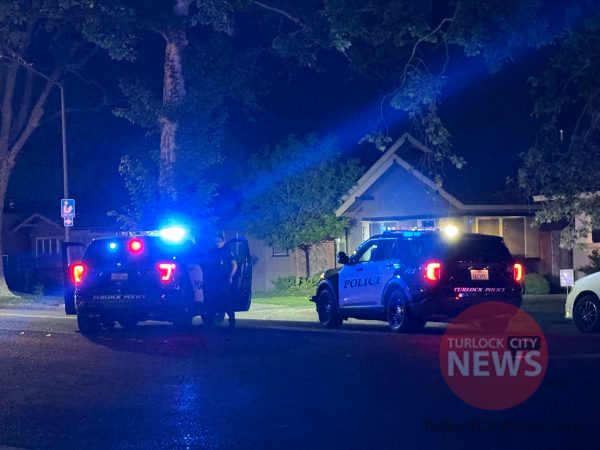Assemblymember Kristin Olsen, (R-Modesto), issued a statement regarding the Legislative Analyst’s Office (LAO) analysis of the school district budget reserve caps.
In 2014, the Legislature moved to cap school district reserves following deposits in the state school reserve as established by Proposition 2, and also requiring additional annual disclosure regarding the reserves.
Per the LAO’s report, it was recommended that reserve caps be repealed and the disclosure provision be modified. The reserves are used to manage cash flow, mitigate funding irregularities, address unanticipated costs, save for large purchases, and to obtain higher credit ratings.
General Fund accounts receive most operating revenue for K–12 programs. Individual districts deposit funds received from Local Control Funding Formula and most other state and federal grants into their General Fund accounts.
While some of the funds deposited into the General Fund must be spent for certain activities, it can typically be spent in per the individual district’s discretion with each responsible for paying most operating expenses, teacher salaries, books, and utilities.
According to numbers from 2013-14, the median reserve for small districts was 66 percent of General Fund expenditures, 21 percent for mid–sized districts and 15 percent for large districts.
It is important to note however, that money in the reserves are not necessarily equal to cash on hand as accounting methods can require districts to account for money before it might be received, making it unavailable for immediate spending should it be necessary.
Typically, smaller school districts will maintain relatively higher reserves in relation to their overall budgets because of the difficulty in managing unanticipated costs.
“That the state argued for the need to save for a rainy day at the very same time it removed a school district’s ability to do the same is a contradiction that could, at worst, devastate schools during the next economic downturn, and at best, cause unnecessary worry or wasteful expenditures while depleting their reserves,” said Olsen.
Notably, some districts with relatively high reserves in relation to their size will report saving for particularly large projects and can face more difficult cash flow situations. Larger districts also tend to minimize financial risk rather than spending for immediate priorities.
The State requires all districts to maintain a record of revenues and expenditures for each fiscal year in addition to districts tracking revenues and expenditures in different accounts to show that funds have been used lawfully in addition to filing a summary financial report with the California Department of Education. Audits are also imposed for accuracy.
The caps established by Proposition 2 vary with district size, but in term of mid-sized districts, they are capped at 6 percent of expenditures in districts considered to be mid–sized.
Notably, districts have the opportunity to apply for exemptions to the caps with their county offices of education if they are under extraordinary fiscal circumstances. To maintain higher reserves, districts are also required to disclose justification.
The LAO has analyzed the caps to be quite low, estimating that as of the 2013-14 school year, 863 out of 944 State school districts would have needed to apply for an exemption or adjust their budget to fit the new requirements.
The caps, per the LAO, have the potential to lend to difficulty in maintaining programs in tight fiscal times, issues addressing unexpected costs, increased financial distress and higher borrowing costs.
In Student Progress Ignored, the EdVoice Institute for Research and Education stated that most of California’s largest school districts do not meet State requirements to include measures of student success in teacher evaluations.
Olsen applauded the research calling it evidence that the teacher evaluation system is not working because it is often completely ignored by schools.
“The reports released today by LAO and EdVoice lend support to my Caucus and I as we seek to build on the momentum garnered by the success of Vergara v. California and the passage of AB 215,” said Olsen.
According to the Office of the Governor, there are plans to increase K-12 school spending by $2,600 per student in comparison to levels from 2011-12 during the 2015-16 school year with the goal of correcting inequities in school district funding with a Local Control Funding Formula.
Olsen stated that during the upcoming year, a comprehensive package of education reform bills are planned to be introduced in effort to provide teachers with flexibility, room to grow and excel, and save for a rainy day.
“We look forward to working alongside our legislative colleagues and the Governor this year to make sure that these common-sense reform ideas become law.”







